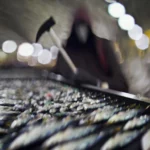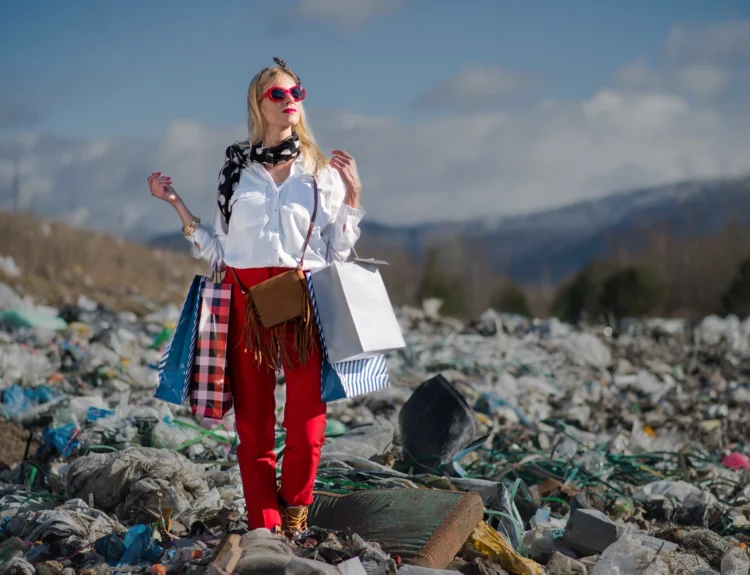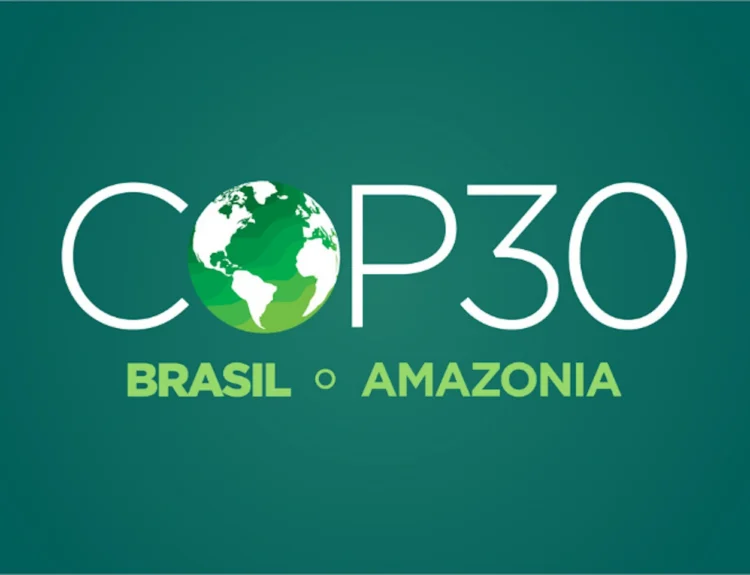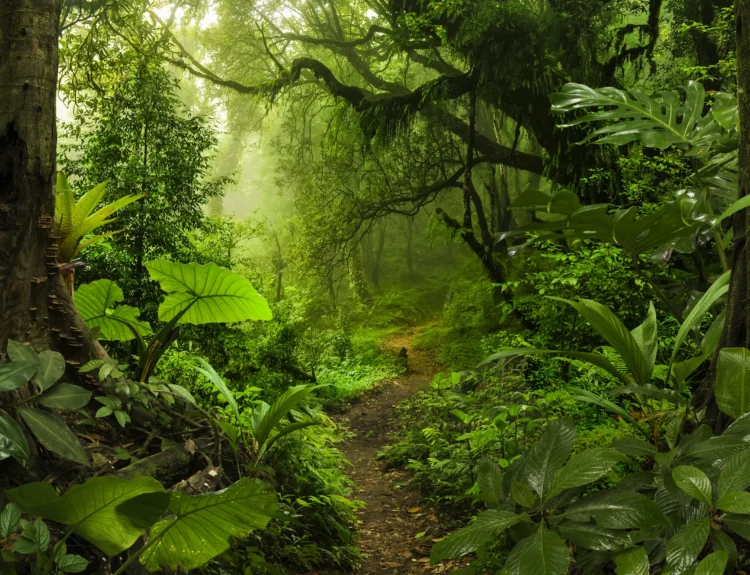Me again. Again with a hopeless case. The ban on trawls. You thought they'd only be around until 2023? I thought so too. That was the plan. Once again, German and European politicians have listened more to the fishing lobby than to environmentalists and trawl mega-trawlers have been allowed in the back of their closets after all.
According to a GEOMAR study, a higher intensity of trawling takes place within Marine Protected Areas (MPAs) than outside MPAs. Crazy, isn't it? But not surprising. If the fishing areas are overfished, you fish where there are still fish to be caught. In protected zones. And let's be honest, who wants to protect the environment, preserve habitats and give the oceans a breather? That costs something in the end. No, no. The fishing industry is out to maximise profit. The planned ban on trawl nets has been postponed until 2030 without any consideration for losses or the interests of the animals. It's like phasing out coal in this country. Simply sad.
The big problem with this fishing method is that the nets of the super trawlers, which practically "harvest" 100% of the fish and seafood that ends up on our plates, are 600 metres long and 200 metres wide. Yes, that's right, you didn't make a mistake. The nets are three times as wide as a football pitch and six times as long. That's a net with an area of no less than 3 x 6 = 18 football pitches. These things weigh many tonnes. So that we all know what we're talking about, I borrowed a photo from the German Institute.
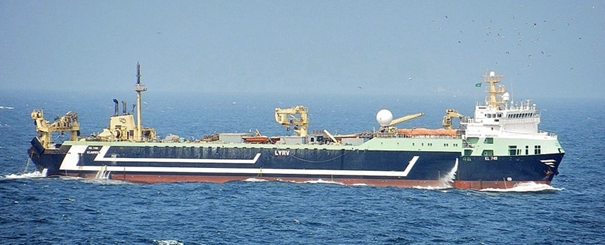
Image source: https://www.stiftung-meeresschutz.org/themen/fischerei/supertrawler/
To give you an idea of the dimensions, the floating death factory is almost 100 metres long and also kills underwater. Over a width of 200 metres, the entire seabed is destroyed and everything that gets caught in the 120,000 square metre net is hauled in. Bycatch and overfishing send their regards. The daily "production" of fish, which is processed directly on board, is 100 tonnes. These are quantities that are beyond the grasp of the human brain. How many suffering, sentient creatures there are that are not even anaesthetised and then quickly killed. Those who survive the agonising hours in the net and are not crushed suffer an agonising death by suffocation on the conveyor belt or succumb to the "injuries" that naturally occur when the fish are filleted.
Why am I harping on about how terrible these Asian, Russian and American super trawlers are? Because it's not a Russian, Asian or American super trawler. It's the German Jan Maria, which arrived in its home port of Bremerhaven for the first time six weeks ago - it's brand new. We're not clearing out everything in the Pacific either, we're destroying our own seas on our doorstep with the North and Baltic Seas. "Today is not a good day on the road to a sustainable common European fisheries policy," says biologist Ulrich Karlowski from the German Marine Conservation Foundation. "Super trawlers are fishing monsters. With their gigantic nets, they plunder the seas to an unimaginable extent. They are the spearhead of international fishing conglomerates. They stand for maximum exploitation and destruction of fish stocks."
The Jan Maria will fish in the North Atlantic with bottom trawls mainly for cod, saithe, the endangered halibut and shrimp. Fishing for endangered species is just about the craziest and most short-sighted thing the industry could come up with. And so it does. The Jan Maria is already fishing today. As are hundreds and thousands of other boats.
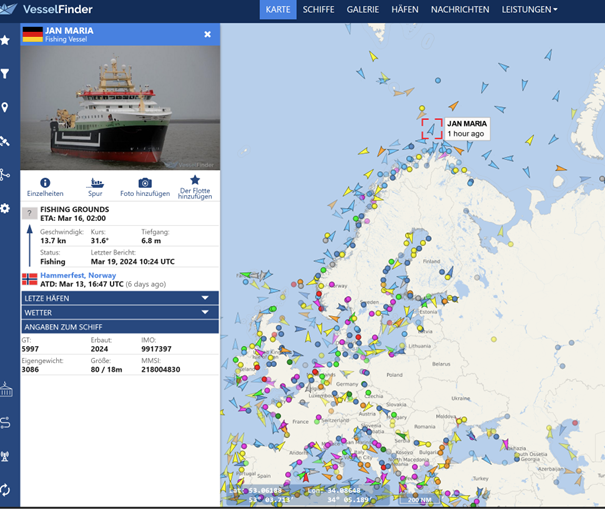
Image source: https://www.vesselfinder.com/de/?imo=9917397
It seems like the fishermen's last cry before their own certain demise. I can just imagine the fishing lobby sitting at the hotel bar and letting their minds wander...
The ship will be completed in 2024 and must be profitable by 2030. That is sporty. First, we buy the ship's diesel virtually tax-free from the EU. Then we hunt down everything we can find. The more endangered, the better. You can sell them for more. And we follow the whales. Where they are, there's always something to get. Just watch out for the nets, they're not made for whaling. The EU will certainly extend the authorisation until 2040, after which we will retire. None of our vegan children want the company. Let's face the facts. From 2050, there will be more plastic waste in the sea than fish. What do you want to catch on a large scale?
Sounds like a bad thriller. Unfortunately, it's just the rule. There are virtually no controls on the high seas. Last year, Sea Sheperd documented how several super trawlers headed straight for schools of whales. The fishermen were after krill. The whales' main food source. An article from Stanford University reports on four large fishing vessels that dragged their nets through a huge school of over 1,000 fin whales in search of krill.
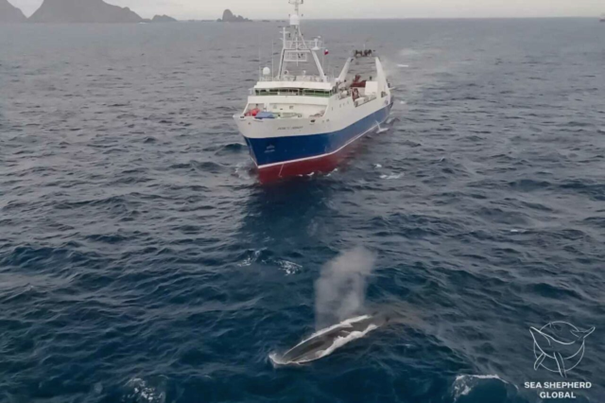
Image source: https://sea-shepherd.de/news/supertrawler-schleppen-netze-durch-walschule/
Not even in Europe is there an effective control mechanism. Cameras? I've heard of them before. They are mandatory from - I think - just under 20 metres in length. But if and when they work at all, someone would have to be interested in them. And who would that be? Certainly not the authorities and politicians. After all, they have just turned all the proposed legislation around so that the new German super trawler can go hunting and destroy all life on the seabed and in the water forever, hectare by hectare. From halibut to harbour porpoise to coral, all life is condemned to a slow, very long and painful death
The only people who can end the suffering are us, the consumers. If we don't buy fish, then supertrawlers no longer make sense.
Knowing where our food comes from is sometimes frightening. But that's the way it is when humans have their fingers in the pie. Then everything goes to shit for nature. Reminds me a bit of the story with the chickens (read about it here) and the one with the pigs (read about it here). There's so much you don't know. But as they say, that's why you have me now. What you do with it is up to you. If you want to get the message out, I've got just the thing for you. A T-shirt with the motif of lives destroyed by fishing. Like every one of my motifs, this one has a story that you now know.

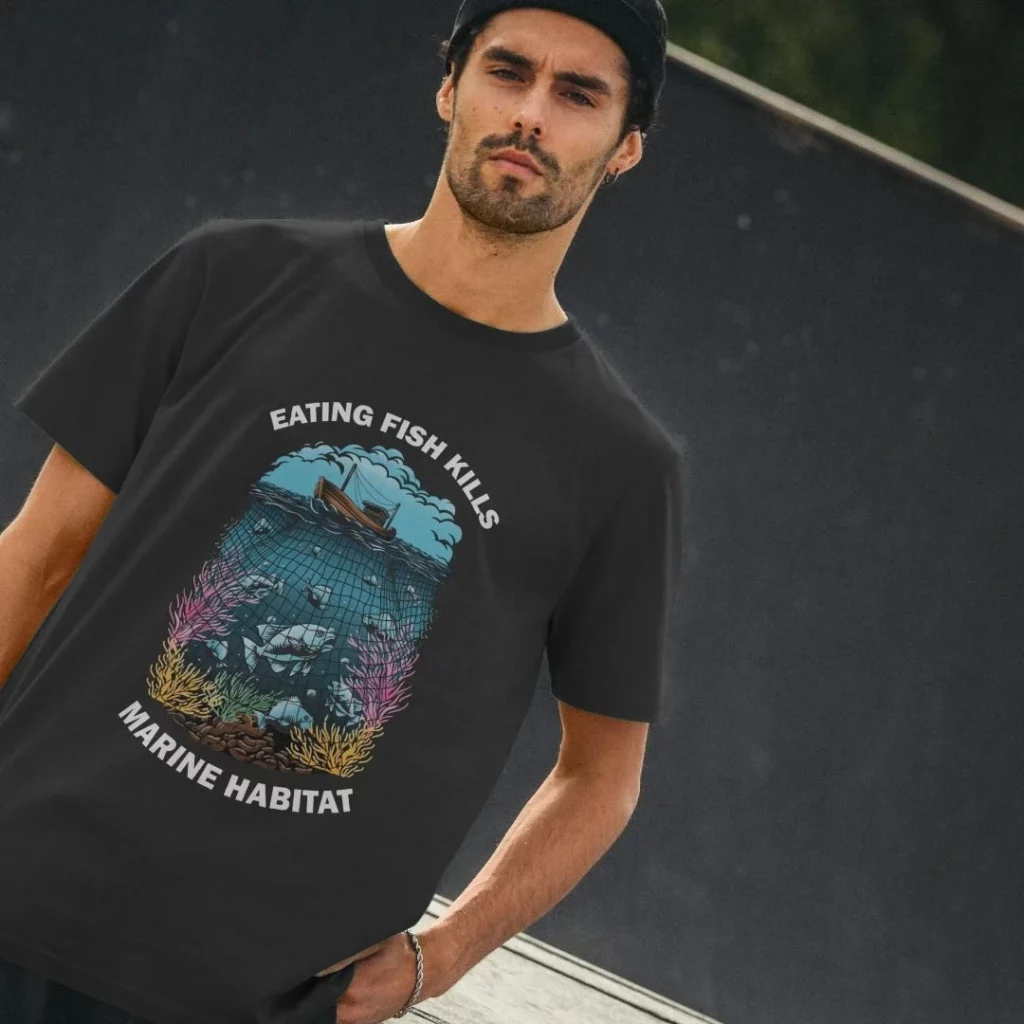
https://shop.paddys.de/product/eating-fish-kills-marine-habitat-t-shirt-womens/
Eating Fish Kills Marine Habitat T-shirt | Women's
€30
30-35% of critical marine habitats such as seagrasses, mangroves and coral reefs are estimated to have been destroyed. There are close to 500 dead zones covering more than 245,000 km² globally, equivalent to the UK's surface. Up to 13% of global fisheries have 'collapsed' due to overexploitation of fish stocks. Greentumble)
♻♻♻ Made with love and 50% recycled cotton. ♻♻♻
Artist: Layan | insta @wakheshandesign
🍃 organic 🌱 vegan 🌳 saves 1 sqm of rainforest 💨 produced with renewable energy 💧 sewage drinking quality 🌿 plant-based packaging 💚 made for you with love ❌ cruelty-free ❌ not tested on animals ♻ renewable 💲 non-profit
https://shop.paddys.de/product/eating-fish-kills-marine-habitat-t-shirt-mens/
Eating Fish Kills Marine Habitat T-shirt | Men's
€30
30-35% of critical marine habitats such as seagrasses, mangroves and coral reefs are estimated to have been destroyed. There are close to 500 dead zones covering more than 245,000 km² globally, equivalent to the UK's surface. Up to 13% of global fisheries have 'collapsed' due to overexploitation of fish stocks. Greentumble)
♻♻♻ Made with love and 50% recycled cotton. ♻♻♻
Artist: Layan | insta @wakheshandesign
🍃 organic 🌱 vegan 🌳 saves 1 sqm of rainforest 💨 produced with renewable energy 💧 sewage drinking quality 🌿 plant-based packaging 💚 made for you with love ❌ cruelty-free ❌ not tested on animals ♻ renewable 💲 non-profit



